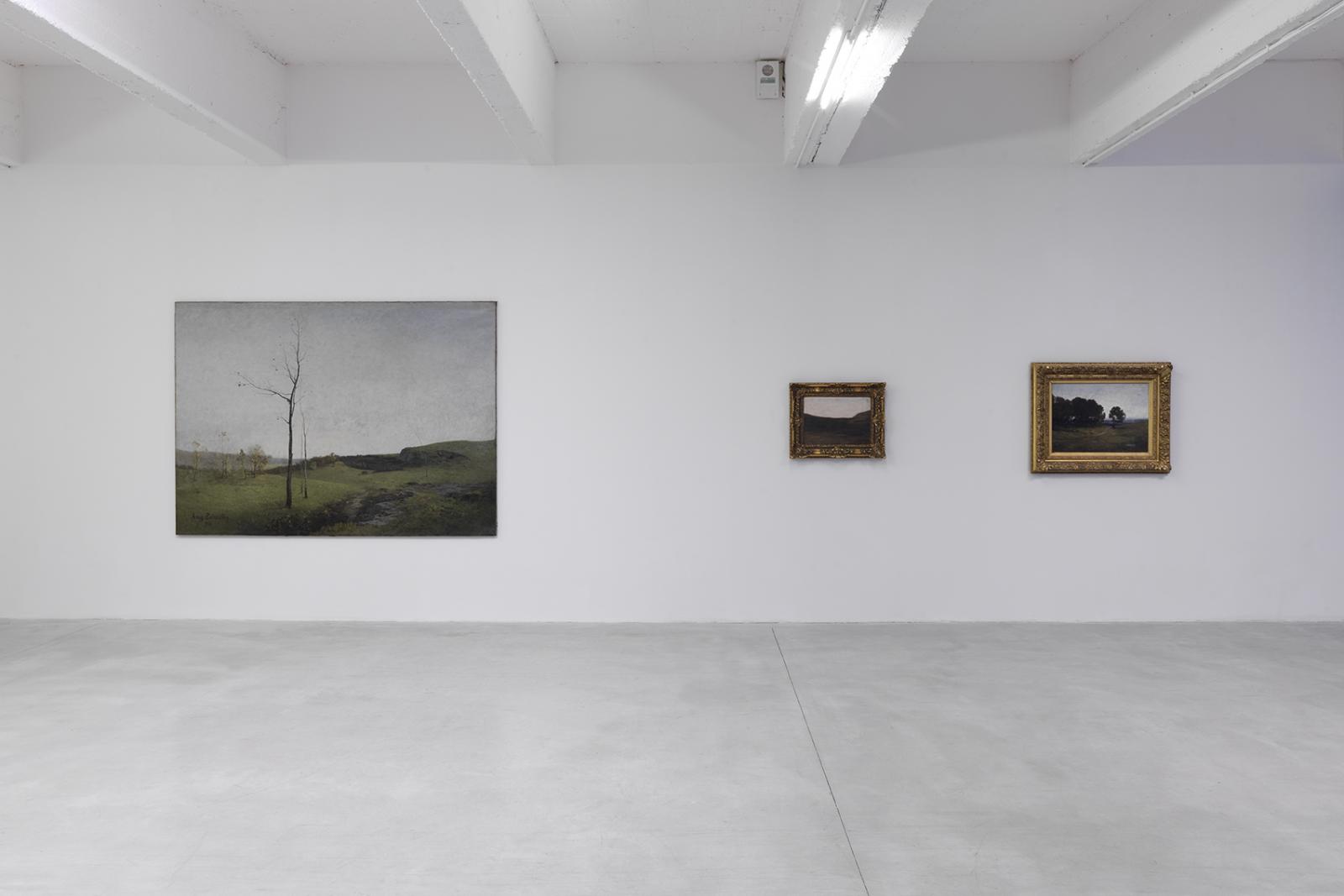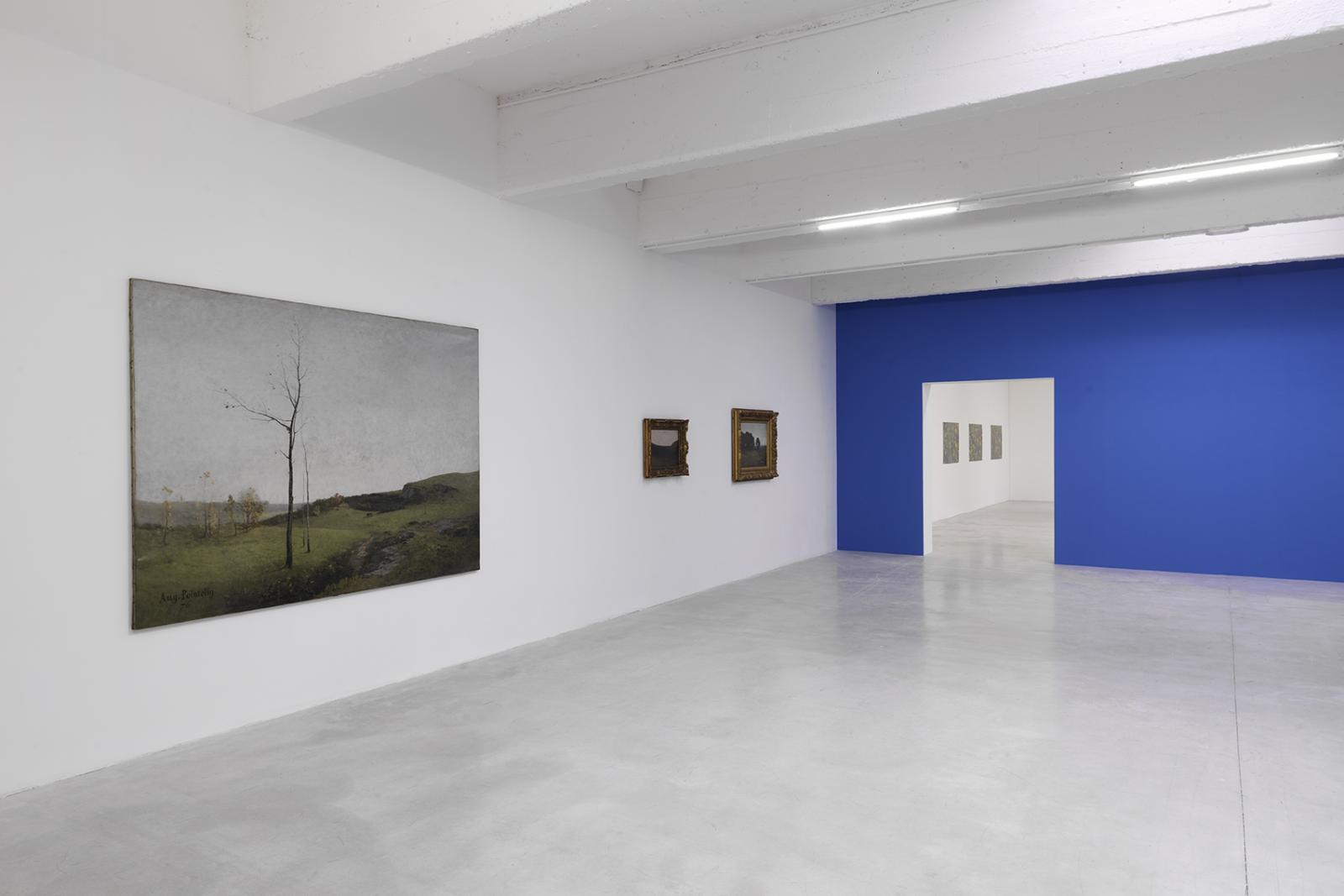Auguste Pointelin
L'Almanach 16 : Auguste Pointelin
Auguste Emmanuel Pointelin (1839-1933) came from a humble family of winemakers and lemonade vendors in Arbois. Painted from memory, his landscapes from the Franche-Comté region are, as with Corot, conceived like mementos rather than depictions. If he refused to go through the academic training of the School of Fine Arts, the artist regularly stayed in Paris to visit the Salon where he exhibited his work, starting from 1866. This is where he got the opportunity to mingle with fellow countryman Gustave Courbet, whose sober realism he admired.
At the margins of official art or avant-garde circles, Pointelin stated he painted solely for his own enjoyment, without any concern for trends or for the public. He didn’t however eschew awards and honors. The painting titled On a Jura Plateau, Autumn, exhibited at the 1876 Salon helped him garner an official distinction as well as high praises from Parisian critics, seduced from the get-go by the synthetic quality and a rather mystical interpretation of his artwork. Castagnary, a great proponent of realism, admired the melancholy simplicity of this landscape reduced to a birch tree stripped from its leaves, detached against a vast gray sky. After the Salon, the painting was bought by the State on the recommendation of Louis Pasteur, himself originally from Dole. Other acquisitions and commissions followed through the intermediary of Minister Jules Grévy, a friend of the painter. In 1897, Pointelin retreated to the small Jura village of Mont-sous-Vaudrey but kept his Parisian studio, continuing to show at the Salon until his death in 1933.

